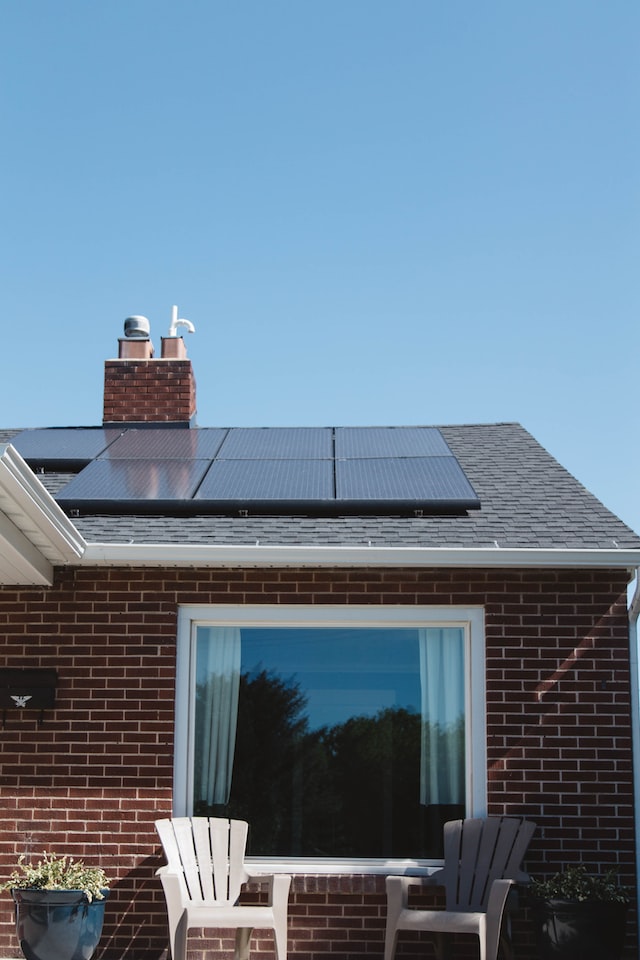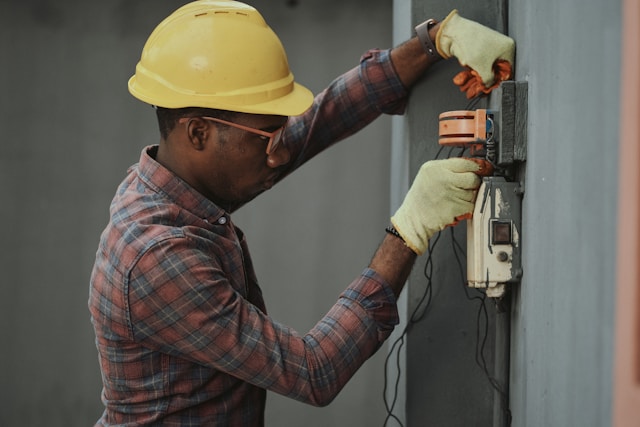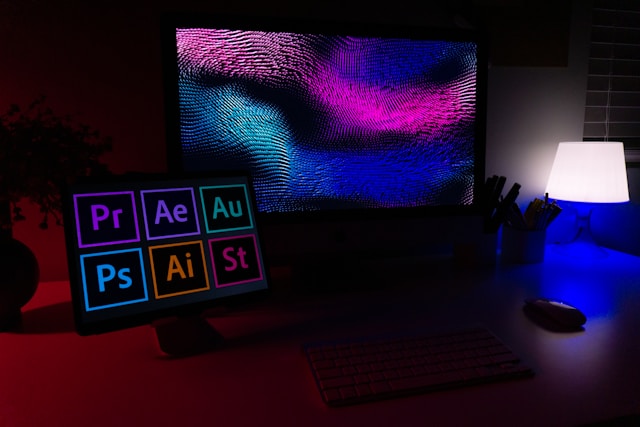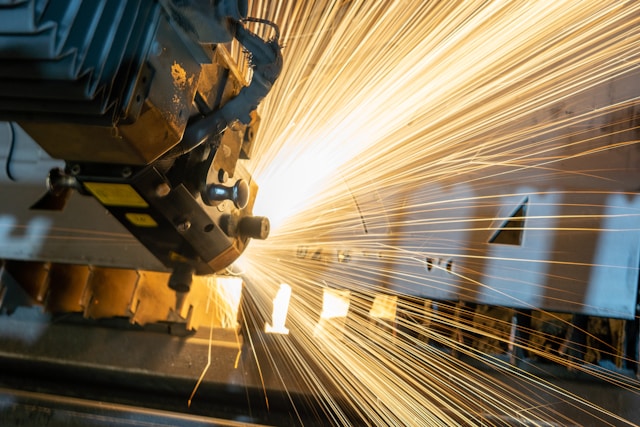
Solar panels use the sun’s energy to create direct current (DC) electricity. It is then converted to alternating current (AC) power and sent through the wiring of your home or business.
Before installing a solar panel, it’s essential to understand the process. This article will answer some of the most frequently asked questions on solar panel installation.
What is the cost of installing a solar panel?
The cost of solar panel installation varies significantly depending on various factors, including your home size and whether you want to install a roof-mounted or ground-mounted system. The larger your home is, the more panels you’ll need to generate the maximum amount of electricity for your home.
To proceed with a solar panel installation, you must engage a certified specialist to complete the task. It will typically include a roof inspection, mounting the panels, wiring them to an electrical panel, and connecting them to a grid-tied inverter.
The average solar panel installation costs between $15,000 and $25,000, which includes labor charges and other supplies. However, the price may vary based on your home’s location and the per-hour labor rate in that area.
What is a solar panel?
Solar panels are composed of many photovoltaic (PV) cells that produce energy when exposed to sunlight. These solar cells are made up of silicon semiconductors, like those found in computers and other electronics.
Like a battery, these cells are constructed with a positive (p-type) and negative (n-type) layer. The positive and negative layers are connected to create an electric field that causes electrons to flow in an electrical circuit and produce electricity.
This electricity is then fed to a PV inverter, which changes the DC energy from the solar cells into usable AC (alternating current) electricity for homes and businesses.
As more people realize the benefits of clean, renewable energy, we’ll see more solar power systems deployed. These systems can help reduce the cost of electricity, contribute to a resilient electrical grid, and even help to create jobs and boost economic growth.
What is the process of installing a solar panel?
Before a solar company can install solar panels, they need to conduct a site survey and design a system that fits your roof. It almost always includes a visit to your home and an assessment of the existing electrical system.
A solar company will then use a CAD design to determine the best position for your solar panels. It will be done based on the sun your roof gets and your location.
The next step is to install the solar panel mounts. These pieces affixed to your roof will hold the solar panels in place and protect them from damage during installation.
Once the mounting brackets are installed, your solar panels will be attached with giant bolts. These are strong and can withstand gusts of wind that could rip off the panels if they were to fall off.
After the panels are in place, your installer will wire the system. It can be tricky and requires a lot of planning.
How long does it take to put in a solar panel?
When considering solar, buyers often wonder, “How long would it take to install a solar panel?” The answer varies on the intricacy of the system as well as local rules and regulations. Typically, a solar system can be installed within two to six months.
The timeline of a solar installation is an essential factor that homeowners need to understand before they sign a contract with a company. In addition, it will help them determine whether or not the cost of installing a solar panel is worth it in the long run.
Once you have selected a solar panel company, they will visit your home to assess the site. It includes checking the roof and other features to ensure they can support a solar system.
Next, the solar company will get a permit from the local government. It is essential because it lets the officials know that your home is ready to be built with a solar system.
Once the permits are approved, your solar panel installer can start constructing the scaffolding to place the panels on your roof. To most people’s surprise, it is the quickest step in the process and can be completed in as little as a day.
How is a solar panel right for me?
Solar panels are an excellent method to save money and the environment, but only some homes are suitable candidates. Consider your energy consumption patterns over a year, how much roof space you have for solar panels, and whether or not you have trees that might interfere with the installation process.
Your solar panel should be on a south-facing roof that’s flat and doesn’t have obstructions like chimneys, vents, or antennas. It will help your panels get the most sun possible and produce more electricity.
Performance degradation occurs during a solar panel’s lifetime, so watching for signs of something wrong with your system is essential. Typical defects include PID (Potential Induced Degradation), micro-cracks, and UV discoloration.





More Stories
Say Goodbye to Stains: Hire a Professional For an Effective Rug Cleaning
5 Essential Tips For Proper Appliance Installation in Your Kitchen
The Psychology of Packaging: How Design Solutions Influence Consumer Behavior